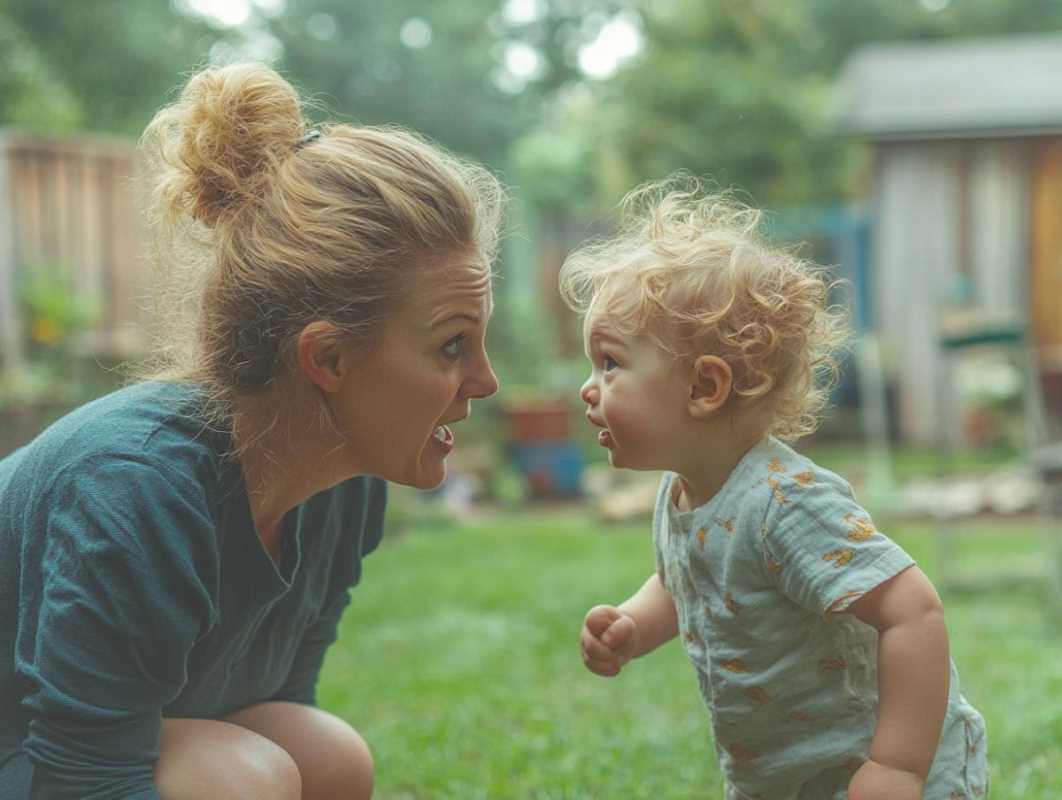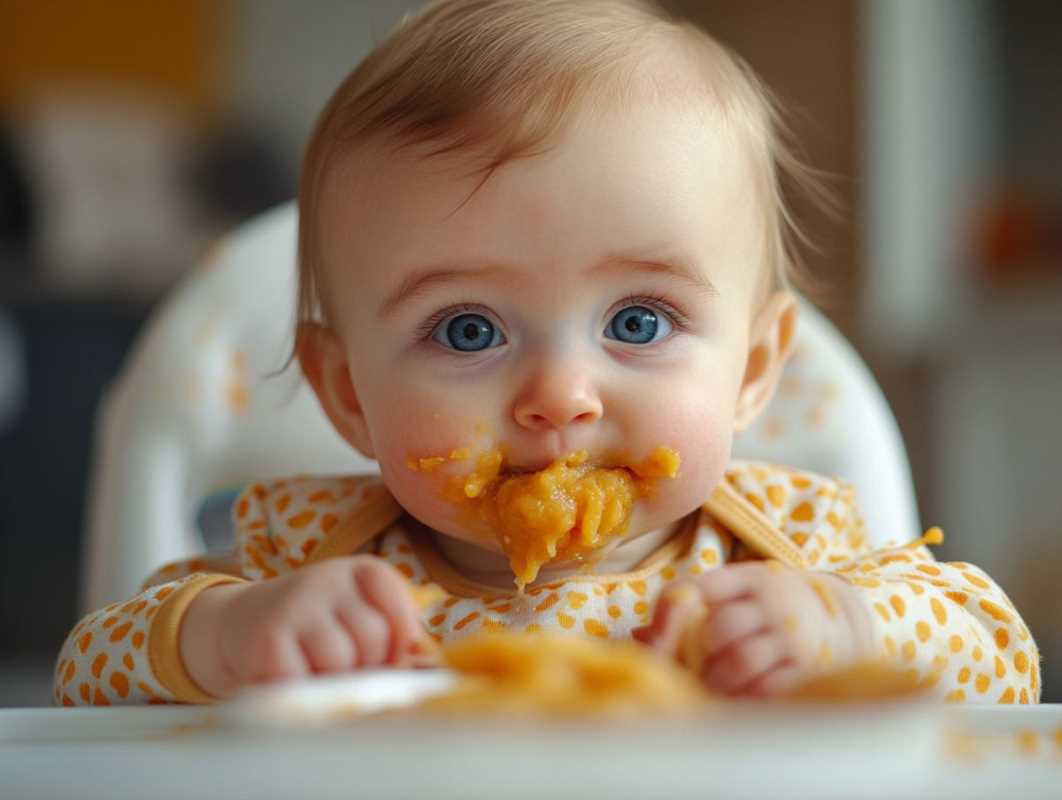Ah, the joys of parenting—where you can go from warm snuggles to an unexpected smack from your toddler within seconds. If you're finding yourself in this situation, first, take a deep breath. You’re not alone, and you’re not failing as a parent. Hitting is a common behavior in young children, especially toddlers. While it can feel frustrating or even embarrassing, it’s actually a normal part of development. The key is knowing how to address it calmly and effectively to guide your child toward healthier ways of expressing themselves.
Here’s a practical, reassuring guide on what to do about hitting, why it happens, and how to prevent it in the future.
Why Do Kids Hit?
Hitting can feel personal when you're the parent on the receiving end, but it’s helpful to remember that children don’t hit to be mean or malicious. At its core, hitting is a form of communication. Toddlers and young children are still learning to control their impulses and express emotions in socially acceptable ways.
Here are a few common reasons kids hit:
- Big emotions: Anger, frustration, or even excitement can overwhelm kids. When they don’t have the words to explain what they’re feeling, their bodies sometimes “speak” for them.
- Lack of impulse control: Young children are still working on developing self-control, and hitting can be an impulsive reaction to a situation they don’t know how to handle.
- Testing boundaries: Kids are naturally curious about what will happen if they test certain behaviors. Hitting may be their way of figuring out cause and effect.
- Seeking attention: If they’re feeling ignored, even a negative reaction from hitting can feel like a win to a child who craves connection.
- Imitation: They may have seen someone else hit (on TV, at daycare, etc.) and are experimenting with copying what they observed.
Understanding why your child hits is the first step in responding effectively.
Responding Calmly and Effectively
When you’re dealing with hitting, it’s easy to react emotionally. But when you respond with calmness and consistency, you model the kind of behavior you want your child to learn.
1. Stay Calm
The first (and hardest) thing to do when you’re hit is to stay calm. Yes, it might hurt, and yes, it might make you mad. But your calm reaction shows your child what self-regulation looks like.
Take a deep breath before responding. Remind yourself that your child isn’t trying to upset you—they’re still learning.
2. Set a Clear Boundary
After you’ve centered yourself, it’s important to calmly but firmly set a boundary. Say something like, “We don’t hit. Hitting hurts.” Use simple language that your child can understand and a neutral tone to ensure the message is clear without escalating the situation.
Avoid yelling or reacting in a way that might scare your child. The goal is to teach, not intimidate.
3. Acknowledge Their Feelings
Remember, hitting often comes from a place of frustration or emotional overwhelm. Help your child understand their emotions by naming them. For example:
- “I see that you’re angry because your tower fell over.”
- “You’re frustrated because your turn ended.”
Acknowledging their emotions helps your child feel heard and understood, which can diffuse their upset feelings and build trust.
4. Redirect to an Alternative
Once you’ve named their feelings, show them a healthier way to cope or express themselves. You could say:
- “If you’re upset, you can stomp your feet or tell me how you feel.”
- “If you’re mad, it’s okay to take deep breaths or squeeze your stuffed animal.”
Giving them an alternative empowers them to respond differently next time they feel the same emotion.
5. Provide Consequences When Necessary
If the hitting happens repeatedly or in a setting where it can hurt others, you can follow up with an appropriate consequence:
- Remove them from the situation briefly to help them calm down (a “cool-down” period instead of a punitive timeout).
- Explain the impact their behavior has on others. For example, “You hit your friend, and it made them sad. We need to use gentle hands.”
Keep the focus on teaching, not punishing, so they understand why hitting isn’t acceptable.
Preventing Hitting in the Future
The best way to deal with hitting is to reduce the chances of it happening in the first place. While it’s not realistic to expect perfection (kids are still learning, after all), these strategies can help minimize hitting episodes over time.
1. Teach Emotional Vocabulary
Many toddlers hit because they don’t have the words to explain how they feel. Start teaching your child simple emotion words like “mad,” “sad,” “frustrated,” or “excited.” Books about feelings can be a great tool for this.
Make it part of your daily routine to identify emotions together. For example, “You’re smiling! You look happy!” or “You’re crying because you’re upset.”
2. Practice Healthy Alternatives
Role-playing can be a fun way to teach your child appropriate ways to express frustration or anger. Pretend to stomp your feet, hug a teddy bear, or say “I’m mad!” in a loud but non-aggressive way. Practice these techniques when your child is calm so they’re prepared when big feelings surface.
3. Provide a Safe Outlet for Energy
Sometimes, hitting is a physical way of releasing pent-up energy. Offer opportunities for your child to move their body throughout the day, like running, dancing, or playing outside. A well-exercised toddler is less likely to resort to physical aggression when they’re upset.
4. Use Positive Reinforcement
Praise your child when they handle tricky emotions well. For example:
- “I love how you told me you were mad instead of hitting.”
- “You did a great job sharing that toy with your friend.”
Positive reinforcement helps your child see the benefits of using appropriate behavior.
5. Be Proactive with Triggers
Pay attention to situations that tend to lead to hitting and address the underlying triggers.
- If they hit when they’re hungry: Make sure regular snacks are available.
- If they hit during transitions: Provide warnings like, “We have two more minutes to play before we clean up.”
- If they hit out of frustration during playtime: Offer guidance to help them problem-solve or share toys more effectively.
6. Model What You Want to See
Children learn through observation, so your behavior matters. Show them how to handle disagreements or frustrations calmly. Use phrases like, “I’m feeling frustrated, so I’m going to take a deep breath,” to create teachable moments.
Staying Patient Along the Way
Parenting is no walk in the park, and teaching your child not to hit is a process that takes time. Some days will feel like major wins, while others might leave you feeling drained.
Here are a few reminders to keep you grounded:
- You’re Not Alone: Every child goes through challenging phases, and hitting isn’t a reflection of your parenting.
- Progress Takes Time: Change won’t happen overnight, but with consistency, your efforts will pay off.
- Take Care of Yourself: It’s hard to stay calm if you’re running on empty. Make time for rest and ask for help when you need it. Parenting is a team sport!
Hitting is a normal but tough behavior that many parents face. While it can be uncomfortable to deal with, it’s also an opportunity to teach your child how to handle emotions in a healthy and constructive way.
By responding calmly, setting boundaries, and offering alternatives, you’re guiding your child toward valuable skills they’ll use their whole life. With patience, empathy, and consistency, you can help them grow out of this phase and emerge with a stronger emotional foundation.
 (Image source: Midjourney)
(Image source: Midjourney) 





